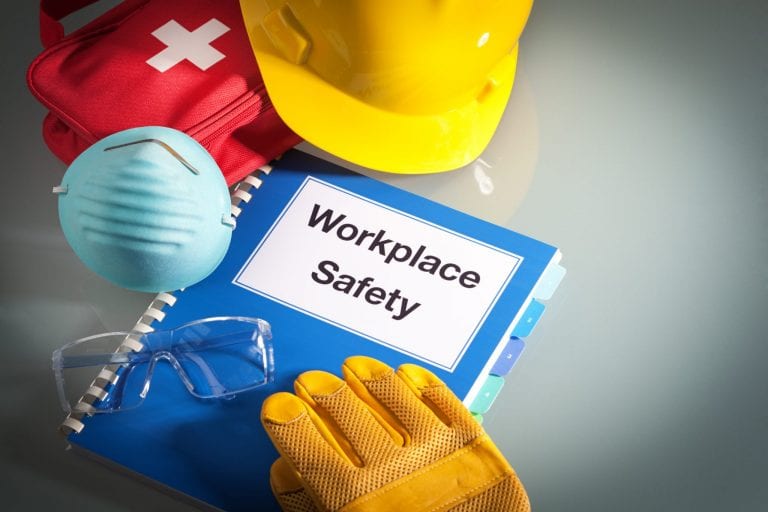
While architecture firm billings grew for the 18th consecutive month in July, the pace of growth continued to slow. The Architecture Billings Index (ABI) score of 51.0 for the month is the lowest since January and marks the fourth straight month with a lower score than the previous month. With a variety of economic storm clouds continuing to gather, we are likely looking at a period of slower growth going forward. In addition, inquiries into new projects also continued to slow this month, although the value of new design contracts rose slightly from June to July. While both of these indicators remain below their mid-2021 peaks, they show that there remains interest in new projects going forward.
However, business conditions softened for the second consecutive month at firms located in the Northeast in July, and billings have now declined at firms in that region for a total of nine out of the last 12 months. Billings continued to grow at a modest pace at firms in other regions, and growth actually picked up at firms located in the South. By firm specialization, business conditions remained positive at firms with multifamily residential and commercial/industrial specializations, while firms with an institutional specialization saw a very small decline in billings. Firms with an institutional specialization have generally seen slower growth than firms of other specializations during this recovery period, and that looks to continue.
Gas prices decrease, but inflation remains critical
In the broader US economy, inflation remained a critical issue in July, although it did not grow further from June to July. Declining gas prices were a key contributing factor in July, and they are expected to continue to decline through August. Travel prices (including airfare, lodging, and rental cars) also declined in July. On the other hand, food prices continued to increase, and despite some overall moderation in inflation, the expectation is that when the Federal Reserve Board of Governors meets again in late September, they will raise interest rates by another 0.5%.
In addition, the July jobs report was particularly strong, with 528,000 nonfarm payroll jobs added. Total national employment levels have now finally surpassed their pre-pandemic highs. Construction employment added an additional 32,000 new jobs in July, and the industry is now 82,000 positions above its pre-pandemic peak. Architecture services employment saw strong growth in June as well (the most recent data available), adding 2,300 new positions after declining in both April and May. Total industry employment is now back above pre-pandemic levels once again.
Looming threat of stalled projects impacts architects differently based on region
Amid concerns about a potential economic slowdown or recession, there has been increased talk of projects stalling or being delayed or canceled. So far, this issue does not seem to be a serious concern to most architecture firms. Overall, 58% of responding firms this month indicated that on a scale of 1 to 5, with 1 being not very serious and 5 being very serious, they rate the issue of stalled/delayed/canceled projects as a 1 or 2. However, more than one-quarter of firms (28%) indicated that they consider it to be a somewhat serious issue (rating of a 3), while 14% rated it as a 4 or 5, meaning a more serious issue. Small firms and firms located in the Midwest and West regions were more likely to consider this to be a more serious issue; 21% of small firms with annual revenue of less than $250,000, 19% of firms located in the West, and 17% of firms located in the Midwest rated it as a 4 or 5.
Of those firms that rated the issue of stalled/delayed/canceled projects as at least a somewhat serious issue, they reported that so far, an average of 60% of their recent projects are proceeding as normal. However, nearly one-quarter of their projects (23%) were reported as being significantly delayed, 12% as indefinitely stalled, and 6% as being canceled outright. Small firms with annual billings of less than $250,000 reported the largest share of projects as being canceled (12%), while firms located in the Northeast, and those with commercial/industrial and multifamily residential specializations, reported the largest shares of projects that have been significantly delayed (28%, 28%, and 26%, respectively).
These firms reported that a variety of factors have contributed to projects at their firms being stalled/delayed/canceled recently, with 66% citing rising material prices, 64% citing contractor bids coming in too high or schedules too long, 61% citing construction budgets insufficient for projects as currently conceived, 55% citing changing market conditions making clients nervous about proceeding, and 50% citing supply chain issues/materials availability. When asked to select which one of these factors was the most significant contribution to projects at their firms being delayed/stalled/canceled, the top two choices were related to issues with project construction (construction budgets insufficient for projects as currently conceived, 24%, and contractor bids coming in too high or schedules too long, 22%), followed by 20% selecting changing market conditions making clients nervous about proceeding. Despite concern about recent interest rate increases, just 1% selected that as the most significant factor for delayed/stalled/canceled projects, while 5% selected financing problems.
For more information, please visit aia.org.
Source: The American Institute of Architects







